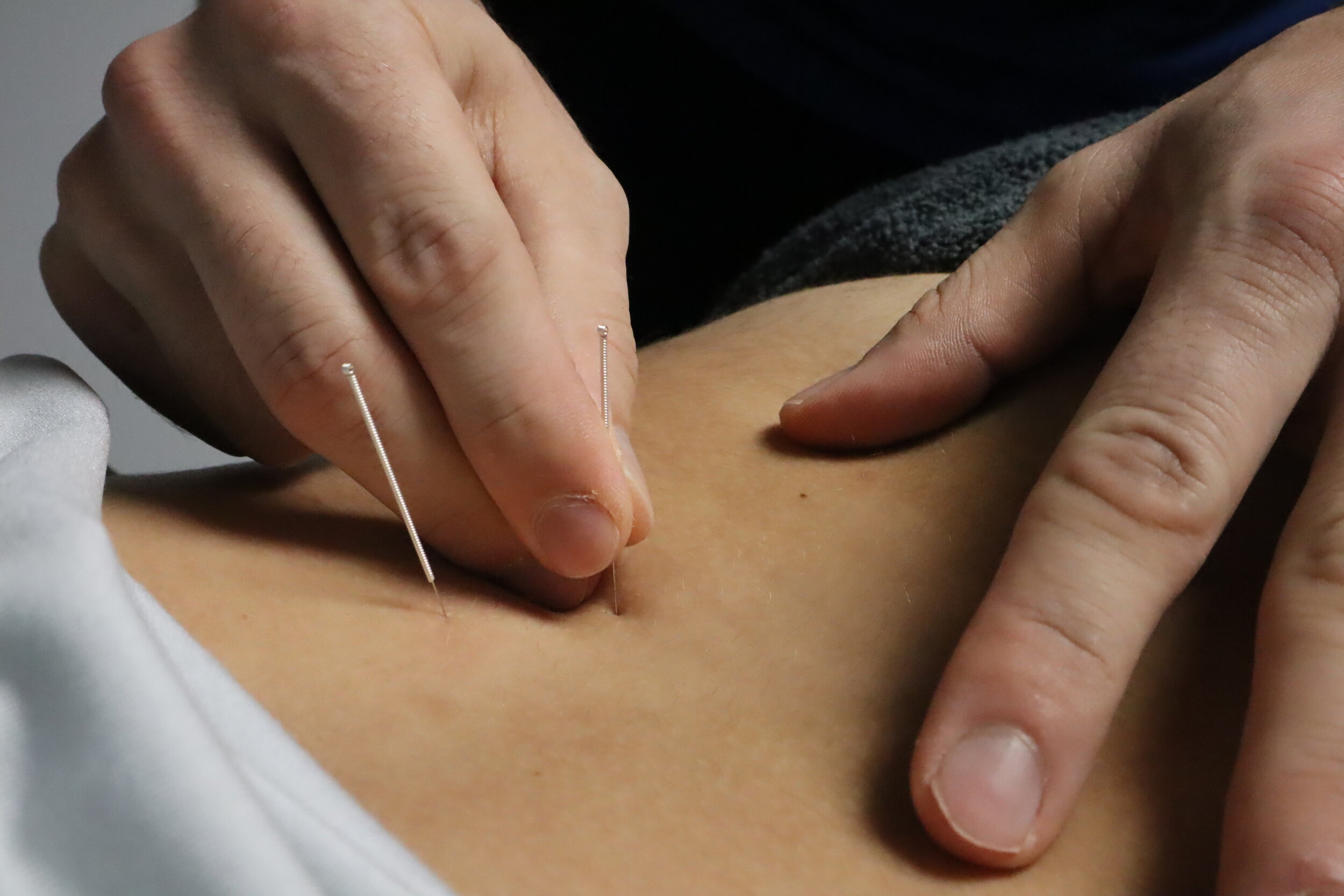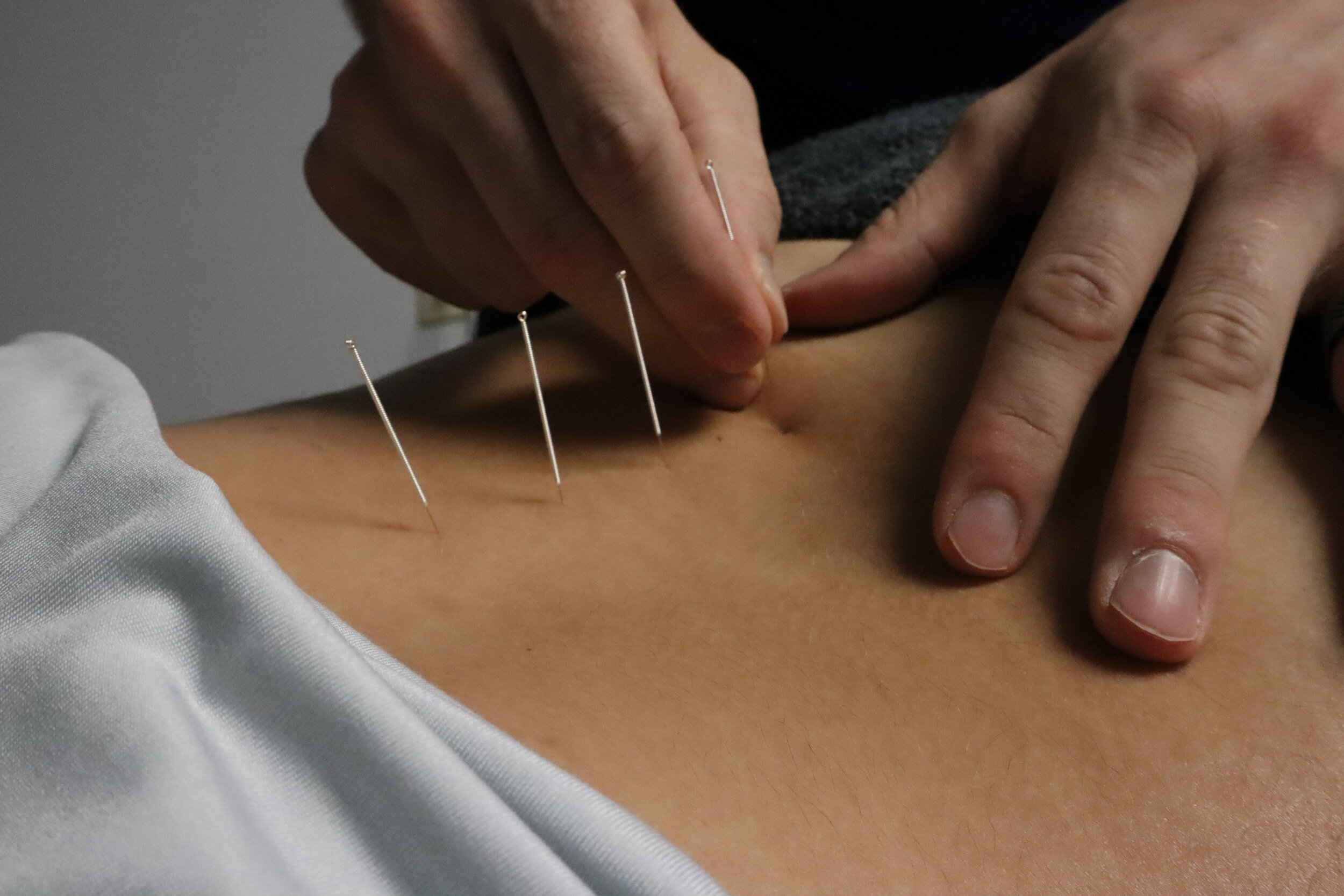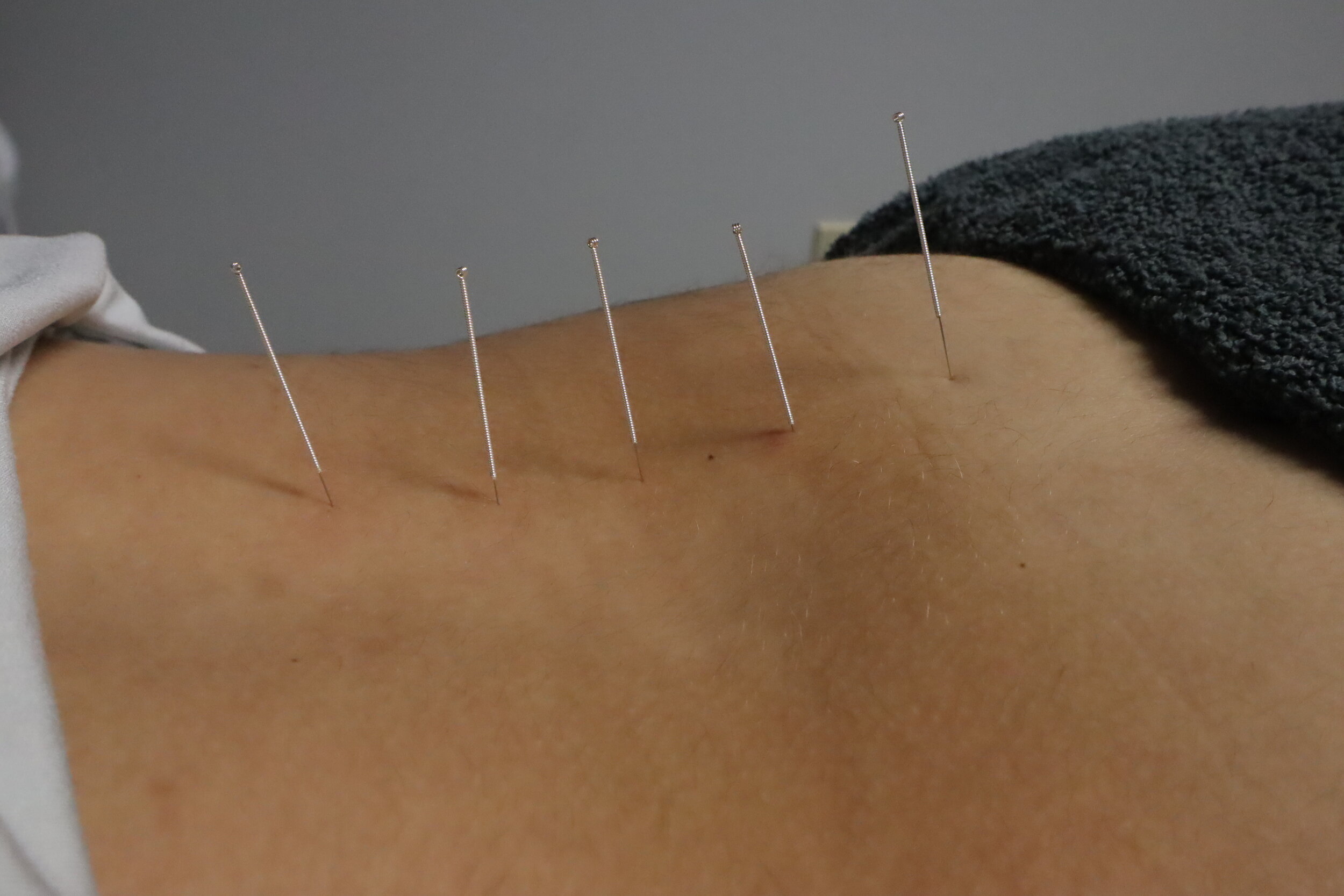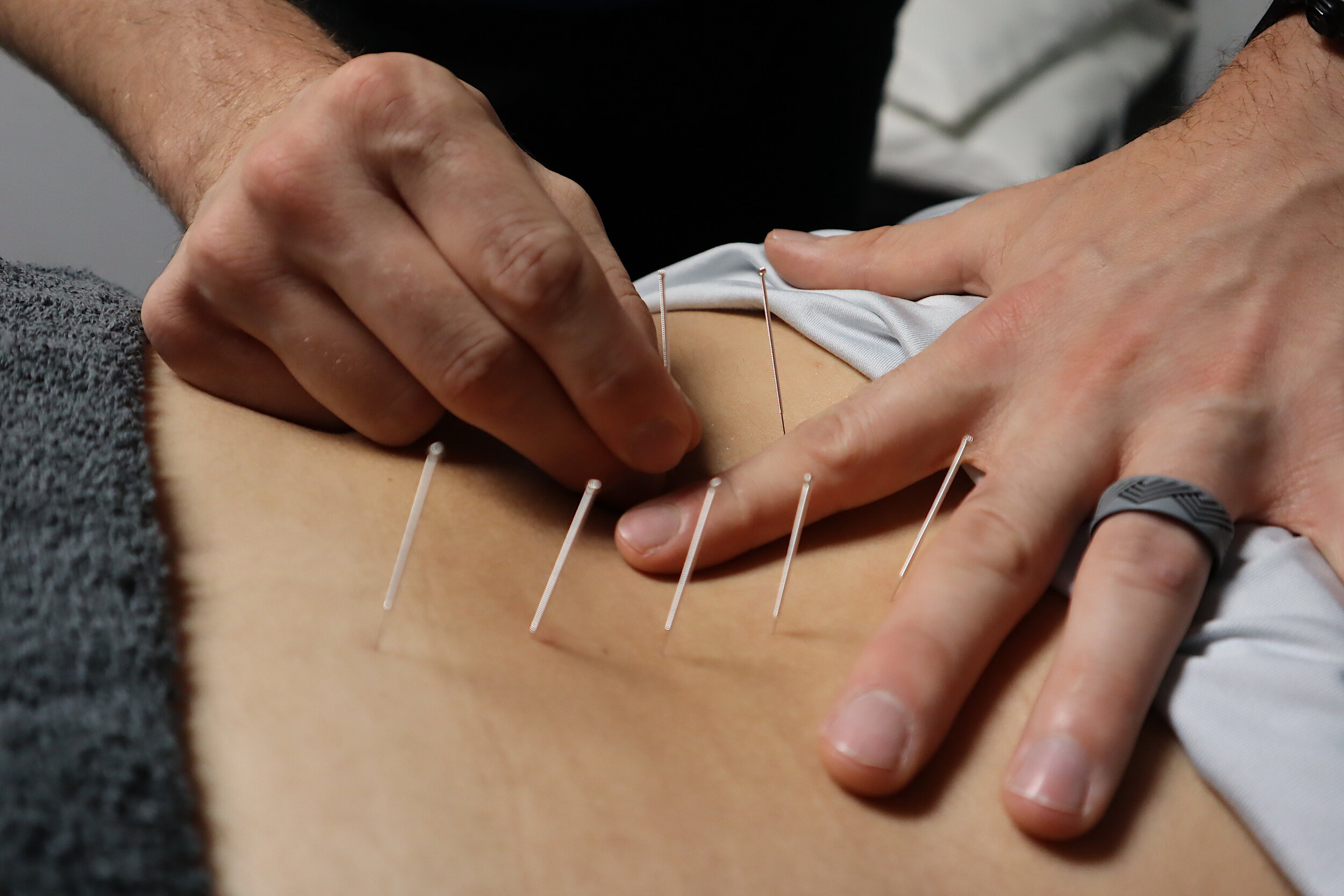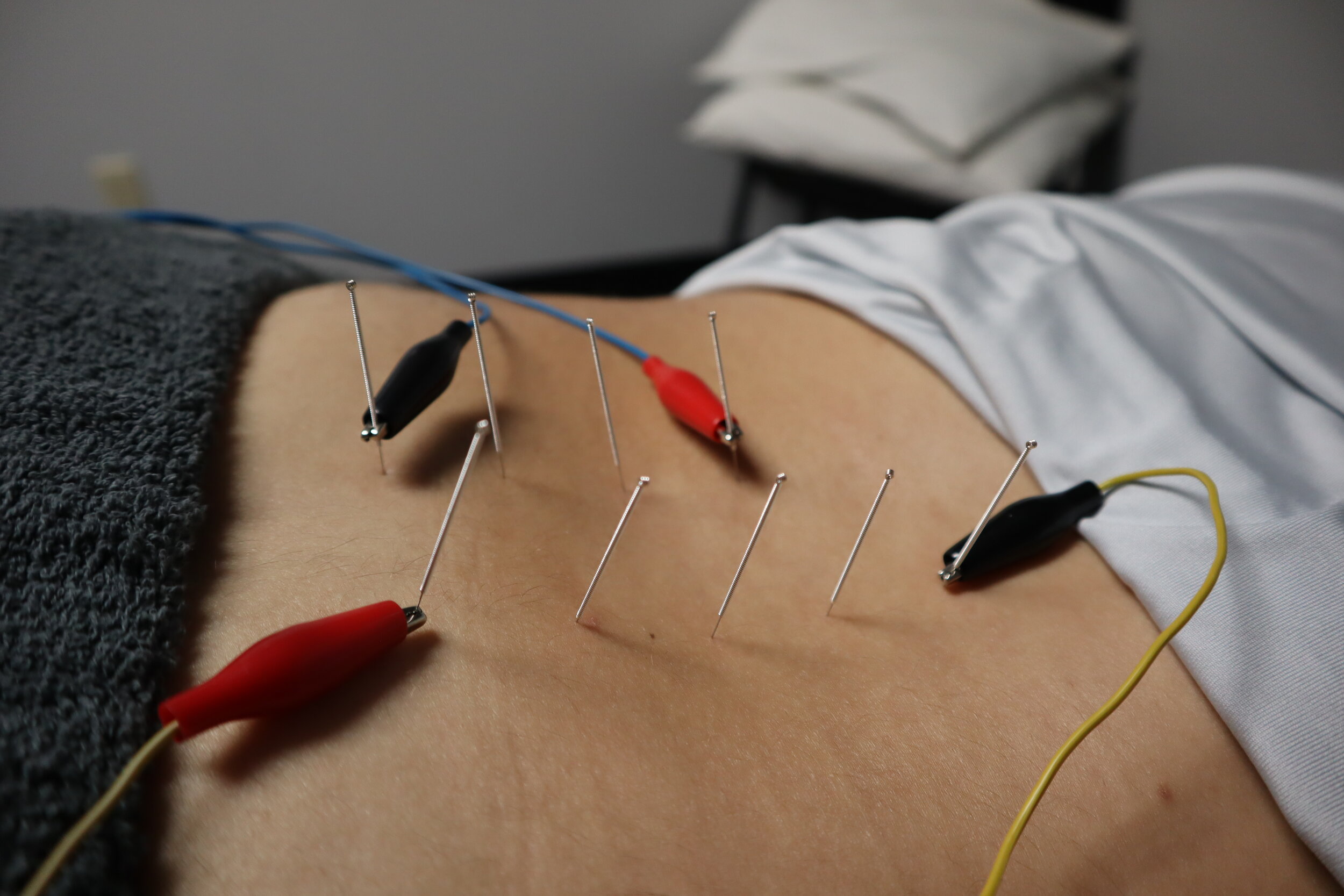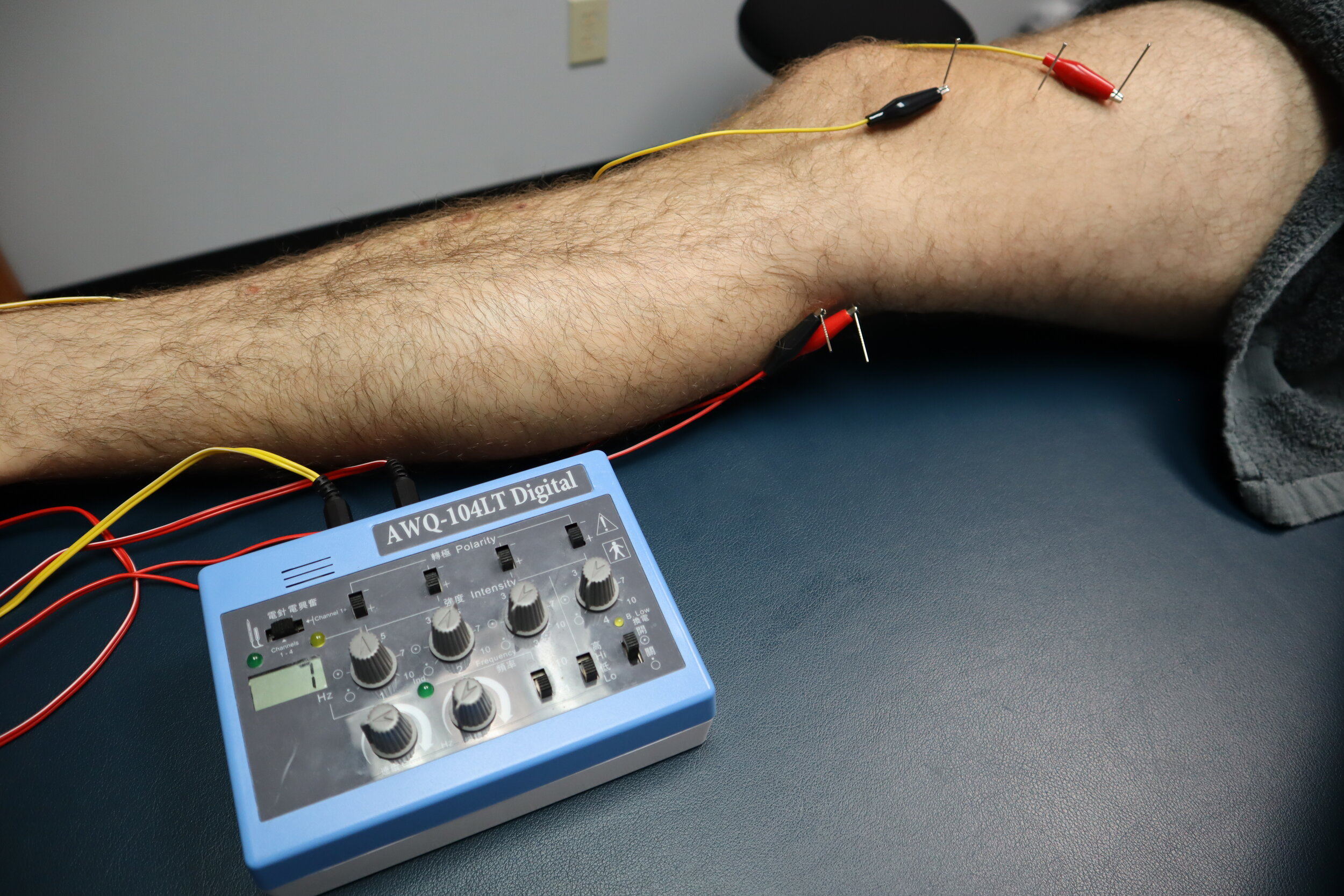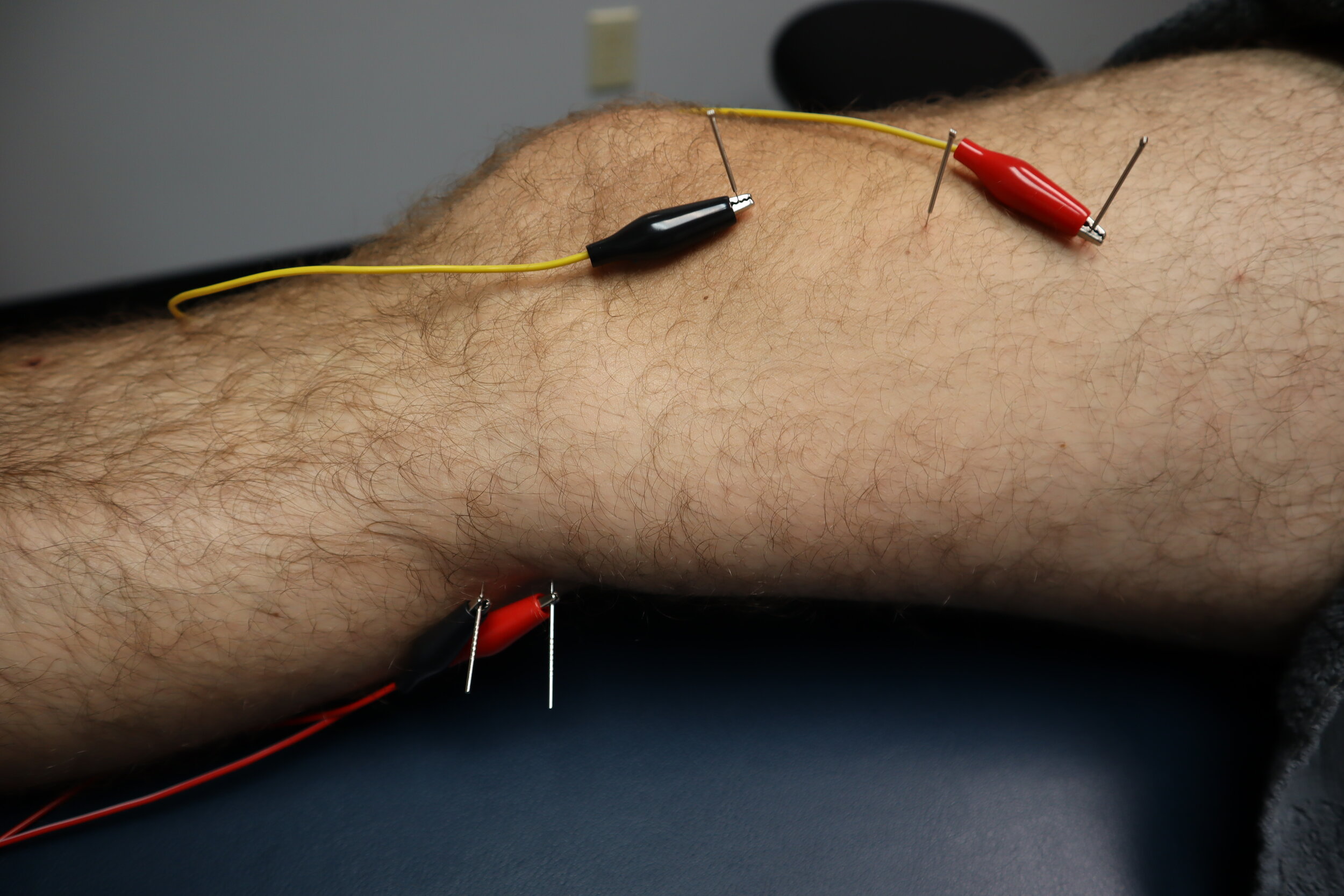Trigger Point Dry Needling
What is Trigger point Dry Needling?
Trigger Point Dry Needling (TDN) is a technique used to treat active trigger points and deep muscle tension. This technique is used by Physical Therapists all over the world and has become a popular treatment to quickly alleviate pain, muscle tightness, and accelerate healing. The goal is to achieve a localized twitch response using small acupuncture needles to release pain and tension. TDN releases banding or “knots” that are caused by injury or stress. You will often feel the muscle “winding” or “grasping” the needle followed by a release.
How Does Trigger POint Dry Needling Work?
Muscle contraction is the result of an electrical impulse telling the muscle to “fire”. Once the electrical stimulus is removed, the muscle can relax. In a trigger point there is spontaneous electrical activity (SEA) meaning that the stimulus does not get removed so the muscle remains contracted. During a trigger point dry needling session, a small needle is inserted into the trigger point separating the muscle tissue which then causes a twitch response. After the twitch response the SEA is no longer present in the muscle. The muscle releases its contraction which increases blood flow to the area along with an increase in substances that help build normal tissue. Research shows that following a trigger point dry needling session the muscle returns to a normal state.
Common Conditions Treated with Trigger Point Dry Needling
Trigger point dry needling can be used to treat muscle tightness, sports injuries, chronic neck and back pain, headache/migraines related to tension, Plantar fasciitis, Piriformis syndrome, calf pain, tendonitis, and other pain related symptoms that have not been resolved through other treatment methods.
Athletes commonly seek TDN from trained professionals as a compliment to their training regiment because it provides benefits without restricting their performance.
How Will I Feel After A Session Of Trigger Point Dry Needling?
You may feel sore immediately, several hours later, or the day after your treatment. The soreness may vary depending on the area of the body that was treated and can vary person to person. If experienced, soreness typically lasts for 24-48 hours. Applying heat after treatment may reduce the amount of soreness experienced in addition to drinking water and gentle stretching.
It is common to have bruising after treatment; some areas bruise easier than others. Some common areas are shoulders, base of the neck, head and face, arms and legs. Large bruising can occur but is rare. Ice can be used to decrease bruising and if you feel concern please call our office.
It is normal to feel tired, nauseous, emotional, giggly of “loopy", and/or somewhat “out of it” after treatment. This is a normal response that your body has to the treatment and can last for an hour or two following your session. If this lasts beyond a day please contact our office as a precaution.
What should I Do After Treatment, What can I do, and What Should I avoid?
It is highly recommended that you increase your water intake for the next 24 hours after treatment to help avoid soreness
You may apply heat or soak in a hot bath to prevent post treatment soreness
After treatment you may do the following based on your comfort level. Discontinue if you experience pain with the following or an increase in symptoms
Gentle exercises, workouts, and stretching
Massage the area
Use moist warm/hot pack
Avoid ice unless you are icing a bruise; heat is better following TDN
Tylenol, Ibuprofen/Motrin, Aspirin as needed is ok as long as it does not interfere with any prescription medication or other conditions you may have. If you are unsure, consult you PCP. If you are feeling light headed, having difficulty breathing, chest pain or any other concerning symptoms after treatment CALL us immediately. If you are unable to get a hold of us, call your Primary Care Physician.

